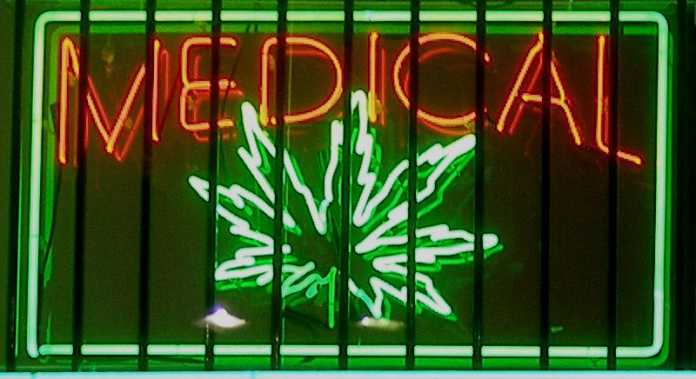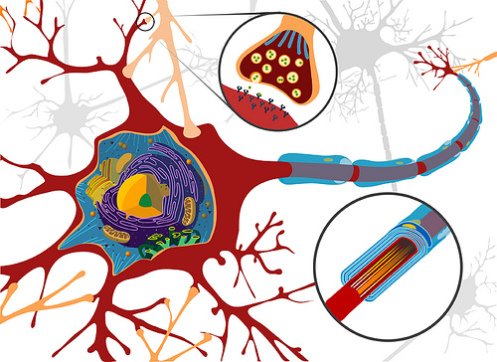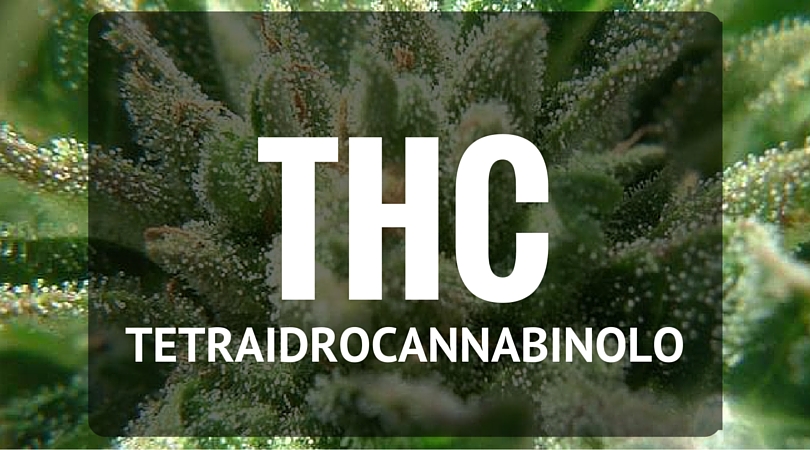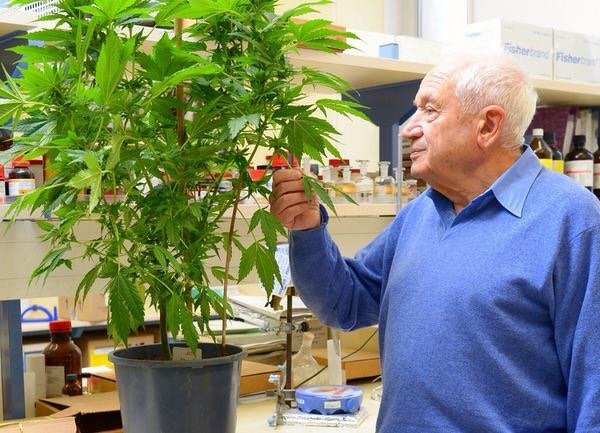6 things you did not know about THC
Hi steemian and welcome in a new blog, today we will talk about the THC.
Getting high with joint to spend a few hours in cheerfulness is not the only good reason to take THC. THC also has benefits in the medical field and uses it in many industrial sectors.
It is well-known that it works efficiently against pain, nausea, depression, and these are just some of its potentialities and its effects.
Scientific research on THC began some decades ago in Israel, and then expanded into oil spills in many other countries. Unfortunately, as you know, its illegal drug status has made it difficult to find information on Cannabis.
So let's find out about six things you did not know about THC, brought to the honors of the story:
- IT WAS DISCOVERED IN 1964
THC was isolated and synthesized by a Cannabis plant in Israel by Dr. Raffael Mechoulam.
At the beginning of the 1960s, during his post-doctoral course, Dr. M. noted that active compounds in morphine and cocaine had already been isolated, but no one had yet isolated the active component of marijuana.
He was so in a hurry to conduct his research that he was forced to break the law so that he could obtain a marijuana sample from a friend who worked in a police department. So in 1964, the scientist began a long career in scientific research into cannabis.
- IT'S ONLY ONE OF THE 60 ACTIVE INGREDIENTS OF CANNABIS
Although THC is commonly considered as the main component in Cannabis, it is just one of the many components present in the plant, with as many medical properties.
THC belongs to a single class of chemical components called cannabinoids. Dr. Mechoulam's discoveries have identified over 60 cannabinoids within Cannabis.
THC and CBD are two of the cannabinoids normally present in high concentrations.
- IT IS APPROVED BY THE FDA FOR THE THERAPEUTIC USE
The first THC-based pharmaceutical compound was sold under the name MARINOL (scientific name: dronabinol). It was developed by a company called Unimed Pharmaceuticals, funded by the National Cancer Institute. In 1985, Marinol received FDA approval as a treatment for side effects of chemotherapy such as nausea or vomiting.

Since then, other drugs containing THC have been developed. These include Cesamet (nabilone), a synthetic THC isomer, and Satives (nabiximols), completely extracted from Cannabis, and administered as a spray.
- PROTECT BRAINS CELLS AND SIMULATES GROWTH
Contrary to popular belief and propaganda made of lies over the decades, it has been found that THC has many positive effects on human brain cells. While many recreational drugs are neurotoxic, THC is considered a "neuroprotector". That means it protects brain cells from damage caused by inflammatory events or oxidative stress.
In addition, the scientists have also shown that THC promotes the growth of new brain cells through a process known as neurogenesis. This effect was first discovered in 2005 by a group of researchers at the University of Saskatchewan.

Researcher Dr. Xia Zhang, in an interview with Science Daily, stated: "Many drugs suppress neurogenesis, only marijuana promotes neurogenesis."
- IT IS PRODUCED BY THE HUMAN BODY
Following the discovery of THC, scientists have been searching for similar compounds within the human body for decades, in order to explain its effects. In 1992 Dr. Mechoulam and his team of researchers made a further step forward when they discovered a molecule called anandamide.
Anandamide is one of the few cannabinoids produced in various parts of the body, including the brain. As doctrines work, imitating their natural counterpart (endorphins), chemical components in marijuana imitate cannabinoids naturally present within the human body, called endocannabinoids.
Both anandamide and THC act on cannabinoid receptors. In the brain, anandamide acts in order to regulate mood, sleep, memory and appetite.
- IT IS NOT ALWAYS A CAUSE FOR BAKING
It is well known that THC causes euphoria and fatigue, but it does not always cause these effects.
THC is most present in the Cannabis plant in the form of THCA (tetrahydrocannabinolic acid), which is its precursor acid. THCA is not psychoactive, and this is why ingesting raw cannabis is not so much in vogue among recreational uses (we talk about the article to avoid mistakes if you want to eat marijuana), but it is still known to use them for purpose Curative of Cannabis derivatives also include its raw preparation, since THCA has some of the therapeutic benefits of THC.
THCA is typically converted to THC when exposed to heat, through which it undergoes a reaction known as decarboxylation.


Interesting info, I wasn't aware of the benefits of protecting brain cells. I may need THC to help protect the few cells I have left. lol